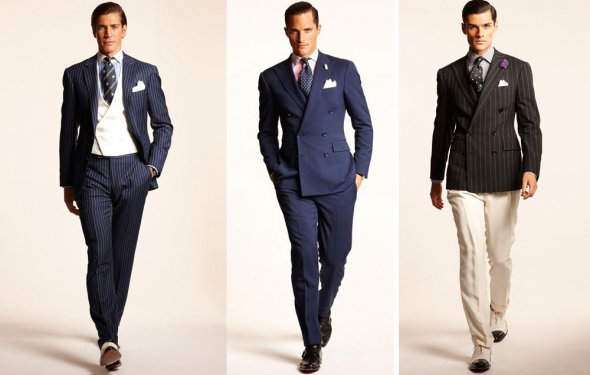Classic Female Clothing Style

Contemporary clothing solutions are extremely diverse. The same style may have different names or options. It is therefore important to learn how to systematize them, to analyse the origins and causes of a style, and to highlight their distinctive characteristics.
Depending on the objectives of the study and selection of classifications, different approaches to style analysis are possible.
There is a degree of style the historic era♪ In the history of the development of European art, the styles are “classical”, “medium-day” (Visantian, Roman, chotic), the rebirth, “barocco”, “rocococococococococo”, “ampir”, “ modern”.
The artistic style of the end of the twentieth century is Postmoderne. The combination of unreported is the typical arts of the postmodernism era. He received the title " serfstyle " , as opposed to the recent principle of the " total look " style unity.
Since it's been in fashion, the best thing the designer can do today is look at the past with a fresh eye. To see a new one and try to retread the well, otherwise use colors, tissues and things. Change places and roles, such as jackets and pancreas, change habitual proportions and ratios, break the technology, skip the barhat through the washing machine, make the things sleepy and washed.
The mixture of different styles, their combination and complexity of various additions create a new “local” style within the existing style, or the style of the author. Some solutions are successful and are being implemented not only in high fashion but also in daily clothing.
In the analysis modern fashion trends note the emergence of two global polar trends: minimalism and maximism. Defiance of maximism and minimism extends to all elements of the concept of " lifestyles " : clothing, cars, interns, servies, etc.
The development of these trends stems from Haute Couture and Pret-a-porter.
Maximism is Haute couture. It's the most detailed style of supernatural, luxury. ♪ ♪

